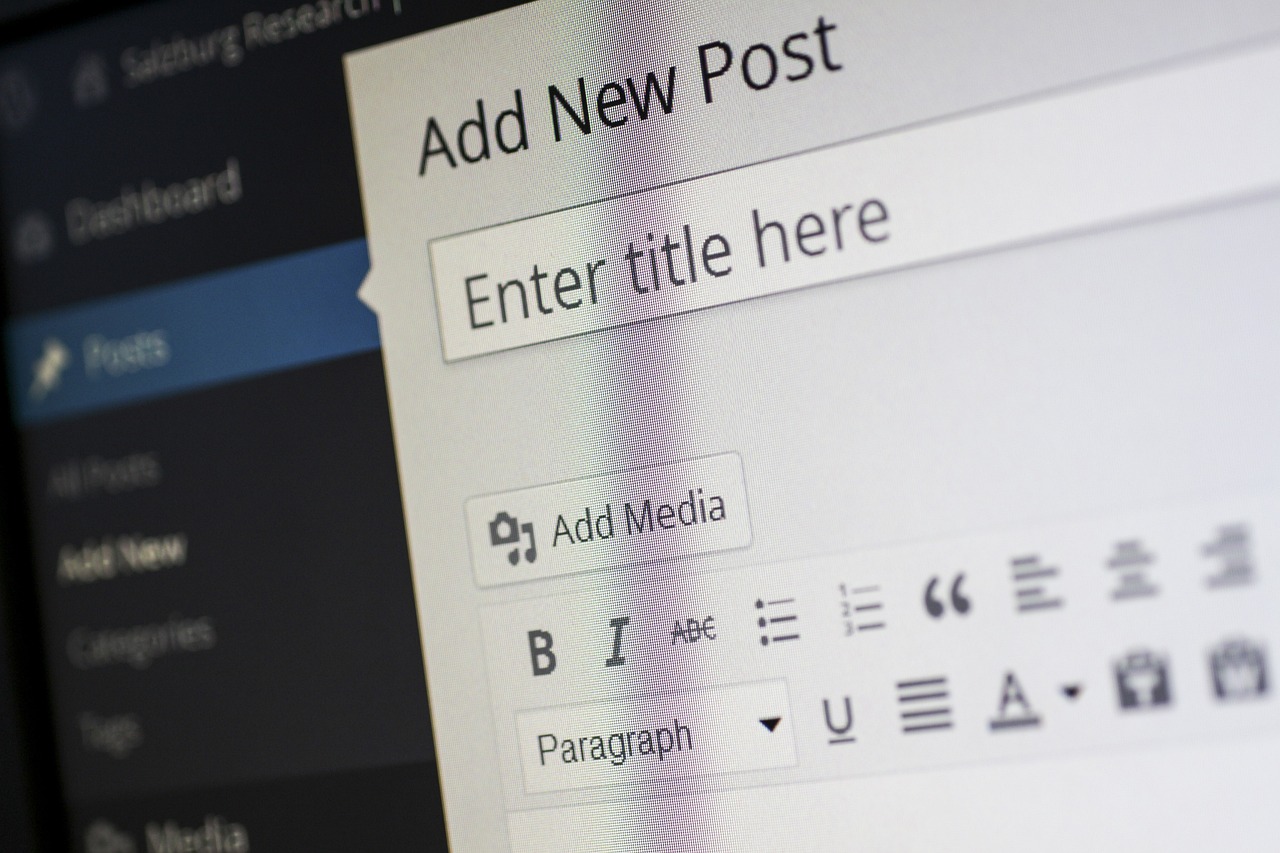Understanding the importance of image optimization for better website performance
|
IN BRIEF
|
In the digital landscape, image optimization has emerged as a crucial factor in enhancing website performance. As website owners and developers strive to create a seamless user experience, understanding how to effectively manage image sizes and formats becomes essential. Optimizing images not only improves page load speeds but also plays a significant role in boosting SEO rankings and overall user satisfaction. By implementing advanced techniques like appropriate compression, selecting the right file formats, and ensuring responsiveness, businesses can significantly reduce bandwidth usage and enhance their websites’ aesthetic appeal.

Image Optimization Techniques
Image optimization is a vital process for improving the performance of a website. This involves various techniques aimed at making images smaller while maintaining acceptable visual quality, which results in faster page load speeds and enhanced user experiences. For instance, consider an image that originally weighs 1.2MB; through effective compression and by choosing the appropriate file format, its size can be reduced to just 23KB without a noticeable drop in quality. This not only decreases the amount of bandwidth used but also improves SEO rankings by making the website faster and more efficient.
Employing strategies such as using responsive images, which adjust based on the user’s device, and providing descriptive alt text for accessibility further assists in enhancing image optimization. By leveraging modern image formats, such as WebP, and implementing lossless or lossy compression methods, website owners can significantly optimize the images on their sites. This comprehensive approach acts as a catalyst for better site performance, allowing for a seamless browsing experience that not only attracts visitors but also keeps them engaged.

Image Optimization: A Crucial Element for Web Performance
Image optimization plays a significant role in enhancing a website’s loading speed and overall user experience. In fact, large images can account for up to 90% of a page’s total weight, which directly impacts the time it takes for a site to fully load. For instance, consider a 1.2MB JPEG image that can be compressed down to a mere 23 KB without losing quality. This transformation not only speeds up loading times but also contributes to lower bandwidth usage, making it beneficial for both users and server resources.
Moreover, employing the right file format is essential for optimizing images. Choosing next-gen formats such as WebP or AVIF can dramatically improve loading times further, as these formats offer superior compression while maintaining visual fidelity. Additionally, implementing descriptive alt text not only enhances accessibility but can improve SEO rankings as well, as search engines can better understand the content of the images. This is critical for website owners who aim to achieve higher visibility on search results. Strategies such as these align with evolving practices in search engine optimization, which prioritize user experience.
It’s crucial to not only focus on the technical aspects but also consider user behavior. Studies have shown that users are likely to abandon a website if it takes more than 3 seconds to load. This highlights the importance of responsive images, which adjust display properties based on the device being used, ensuring that mobile users enjoy an equally fast and visually appealing experience. To dive deeper into these strategies for improving your website’s performance, you might find these resources helpful: how to optimize images for better SEO results and the importance of mobile optimization for modern websites.
Image Optimization Techniques
Practical Solutions for Image Optimization
When it comes to optimizing images for the web, various techniques can significantly enhance the performance of your website. One of the key methods is through image compression. For instance, consider a high-resolution JPEG image that originally weighs 1.2MB. By applying advanced compression algorithms, you can reduce its size to just 100KB without noticeable quality loss. This not only improves page loading speed but also enhances the overall user experience.
Consider the power of using appropriate formats as well. For example, switching from a traditional JPEG format to newer options such as WebP or AVIF can reduce file sizes dramatically while maintaining excellent visual quality. Using the right format for your images plays a crucial role in accelerating load times and adhering to SEO best practices.
- Proper File Naming: Create descriptive file names that provide context to search engines.
- Alt Text: Implementing effective alt text improves accessibility and contributes to SEO.
- Responsive Images: Utilize responsive design to ensure images load correctly on various screen sizes.
- Content Delivery Networks (CDNs): Leverage CDNs for efficient delivery of images across geographic locations.
Exploring these optimization strategies can lead to better performance metrics and a more engaging website. For a comprehensive guide, you may check the resources available at Hostinger’s Guide to Image Optimization and NitroPack’s Essential Guide.

Importance of Image Optimization for Websites
In today’s digital landscape, image optimization plays a crucial role in enhancing website performance and user experience. By reducing the size of images without compromising quality, businesses can achieve faster page load speeds, which is a significant factor in retaining users and reducing bounce rates. It is essential to understand how different compression algorithms, such as lossy and lossless, affect the delivery of visuals and their impact on overall site functionality.
Moreover, the implementation of best practices like proper file naming and adding descriptive alt text can greatly enhance SEO rankings. Leveraging next-gen formats along with adequate image compression allows for optimized images that cater to diverse devices and screen resolutions. Importantly, optimizing images reduces the bandwidth usage between the server and the user’s browser, thus facilitating an overall smoother experience while navigating the website.

Image optimization is a fundamental practice in web development that directly influences page load speed, SEO rankings, and user experience. By reducing the file size of images without sacrificing quality, businesses can ensure that their websites operate smoothly and efficiently. This process involves choosing the right image formats, compressing images appropriately, and implementing strategies like responsive images and descriptive alt text.
Furthermore, optimizing images not only decreases bandwidth usage but also enhances overall site performance. Websites that load quickly tend to have lower bounce rates and higher conversion rates, making image optimization a crucial element for any online presence. As mobile browsing continues to rise, adapting images to perform well across various devices is increasingly important.
In an age where user attention spans are limited, investing in image optimization is not just beneficial; it is essential for maintaining competitiveness in the digital landscape. By prioritizing these practices, businesses can improve their online performance and ultimately contribute to a more satisfying user experience.














Post Comment